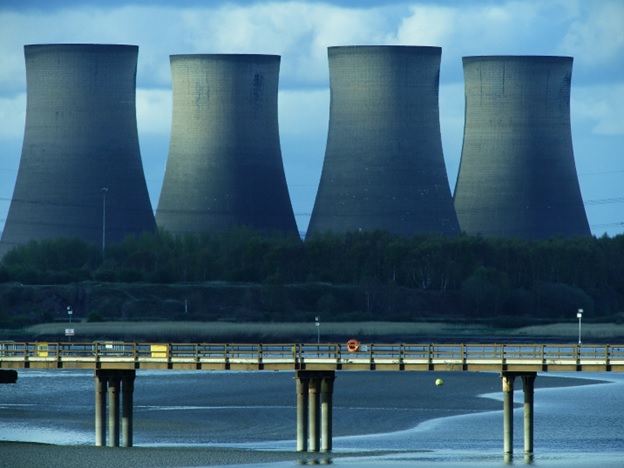- Home |
- Bottled Water
Bottled Water
Application
Download


Ozone for Bottled Water
Ozone treatment has played a role in water bottling plants since the 1970s. At that time, the industry was in its infancy and faced ongoing challenges with bacteria contamination during production and sterile handling and storage afterward. The presence of microorganisms significantly impacted taste and smell, and the lack of disinfection also raised severe health concerns.
Ozonation of water provides an efficient, safe method of disinfecting against pathogenic waterborne microorganisms and other bacteria, viruses, mold, and algae. As a fast-acting and effective treatment technology, ozone treatment is widely used in the bottled water industry.
The Ozonation Process
Ozone is broadly used in the bottled water market for its safety, simplicity, and effectiveness. The ozonation process for bottled water involves a low concentration of ozone dissolved into the water just before bottling to disinfect the water, bottle, and cap. The method and system design are relatively straightforward.
Other Benefits of Ozone in Bottled Water
According to International bottled Water Association (IBWA), ozone is safe and effective and leaves no chemical residue or taste in the final bottled water. The disinfection of both water and container also serves to extend shelf life. There are other benefits to using ozone for bottled water:
- Only byproduct is oxygen
- Destroys pathogens instantly
- Sustainable and generated on-site
- Works faster than any other oxidant
- No need to handle or store harsh chemicals
- Superior disinfection due to high oxidation state
- Improves operating, maintenance, and chemical costs
Risks of Ozone in Bottled Water
Although ozone is created from and reverts to oxygen, it must be used according to manufacturer guidelines to be safe. As per standards a residual ozone level of 0.2 to 0.4 ppm. This provides safe disinfection to both the water and the bottle. Other risks to be aware of include:
- Over-ozonation of the water may lead to taste problems due to a high level of ozone
- Non-ozone compatible materials in contact with ozone can lead to contamination
- The sterilization protection disappears after 20-30 minutes
- When oxidated incorrectly, it can form bromate.

 Our Brochures
Our Brochures